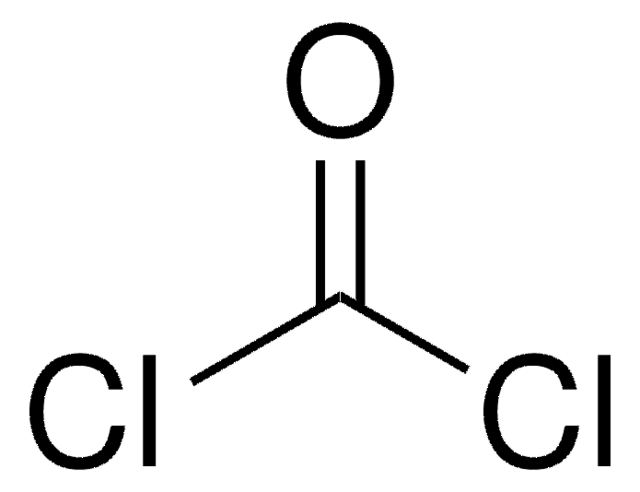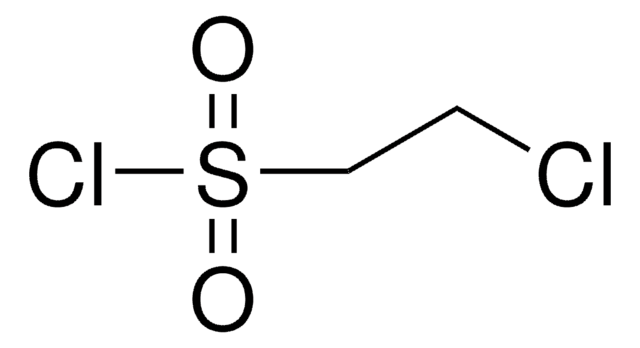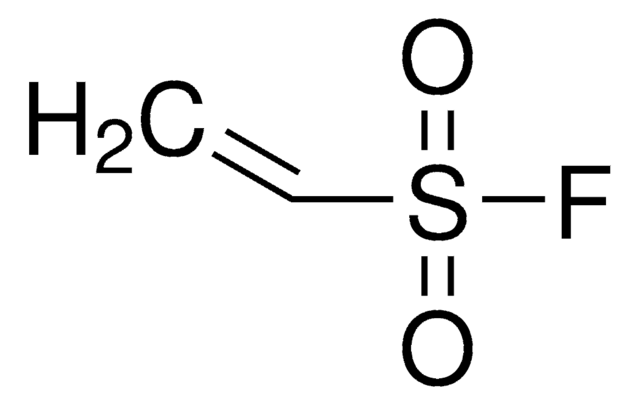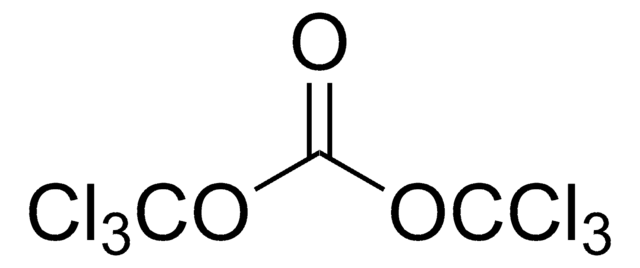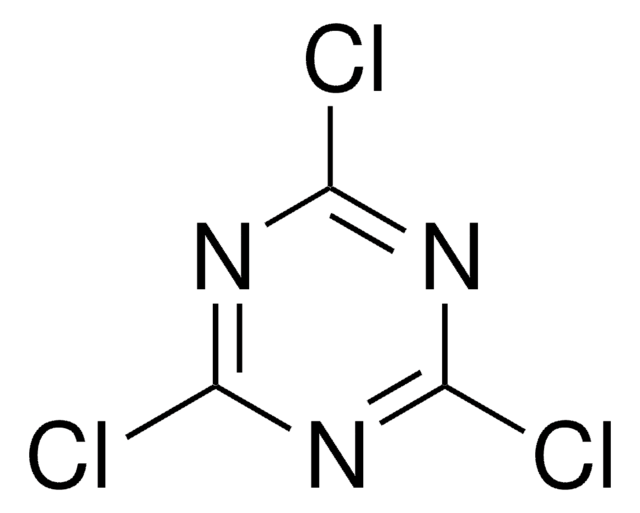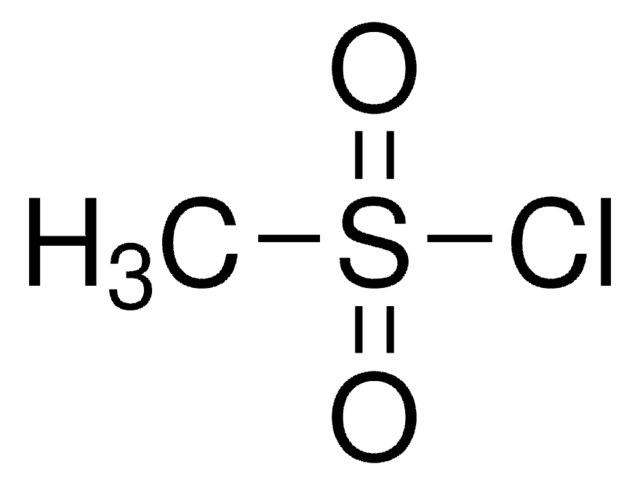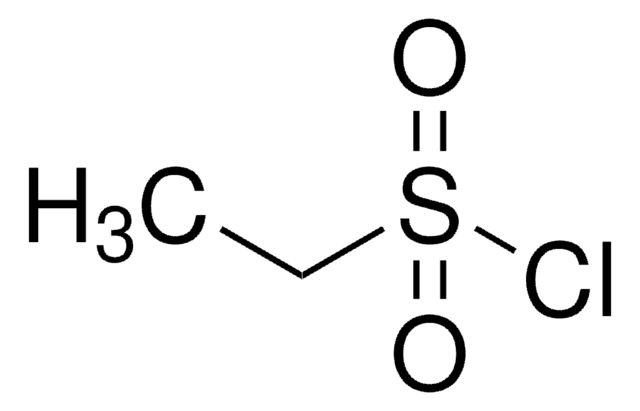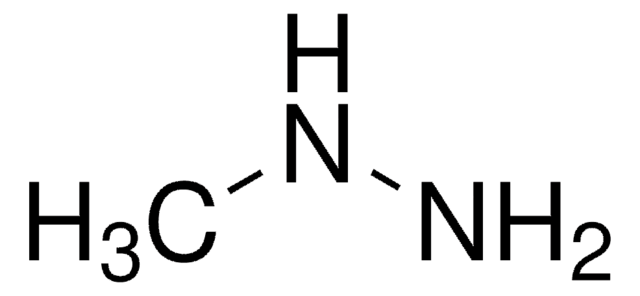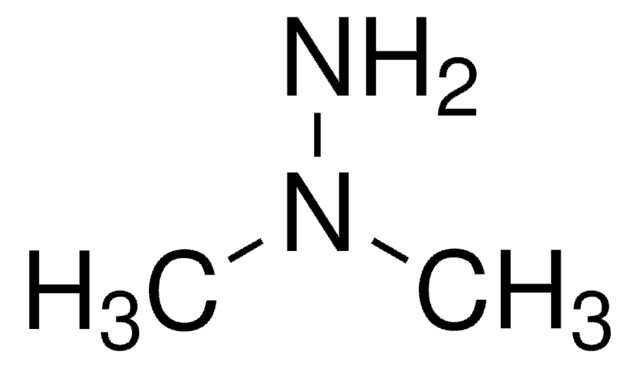All Photos(1)
About This Item
Linear Formula:
COCl2
CAS Number:
Molecular Weight:
98.92
Beilstein:
1098367
MDL number:
UNSPSC Code:
12352200
PubChem Substance ID:
Recommended Products
concentration
20% in toluene
density
0.935 g/mL at 25 °C
storage temp.
2-8°C
SMILES string
ClC(Cl)=O
InChI
1S/CCl2O/c2-1(3)4
InChI key
YGYAWVDWMABLBF-UHFFFAOYSA-N
Looking for similar products? Visit Product Comparison Guide
Signal Word
Danger
Hazard Statements
Precautionary Statements
Hazard Classifications
Acute Tox. 1 Inhalation - Aquatic Chronic 3 - Asp. Tox. 1 - Eye Dam. 1 - Flam. Liq. 2 - Repr. 2 - Skin Corr. 1B - STOT RE 2 - STOT SE 3
Target Organs
Central nervous system
Storage Class Code
3 - Flammable liquids
WGK
WGK 3
Flash Point(F)
39.2 °F - closed cup
Flash Point(C)
4 °C - closed cup
Personal Protective Equipment
dust mask type N95 (US), Eyeshields, Gloves
Regulatory Information
新产品
Choose from one of the most recent versions:
Already Own This Product?
Find documentation for the products that you have recently purchased in the Document Library.
Wen-Li Li et al.
Inhalation toxicology, 23(13), 842-852 (2011-11-01)
The principal acute mode of action of inhaled phosgene gas is related to an increase alveolar fluid exudation under pathologic conditions. This paper considers some aspects in modeling phosgene-induced acute lung injury (ALI) in an acute rat bioassay and whether
Hong-li Chen et al.
Journal of applied toxicology : JAT, 33(1), 71-77 (2011-08-06)
Phosgene is a poorly water-soluble gas penetrating the lower respiratory tract which can induce acute lung injury characterized by a latent phase of fatal pulmonary edema. Pulmonary edema caused by phosgene is believed to be a consequence of oxidative stress
Wenli Li et al.
Toxicological sciences : an official journal of the Society of Toxicology, 131(2), 612-628 (2012-11-13)
Phosgene gas is a lower respiratory tract irritant. As such, it stimulates nociceptive vagal C-fiber-related reflexes in a dose-rate and concentration × exposure duration (C × t)-dependent manner. In rats, this reflex is characterized by extended apnea time periods, bradycardia
Pradip Kundu et al.
Analytical chemistry, 84(10), 4594-4597 (2012-04-11)
Phosgene is a very toxic gas, which was used as a chemical weapon in World War I, and is currently widely used in industrial processes. So far, no any phosgene fluorescent sensor has been reported. In this study, we report
Rui Liu et al.
Scientific reports, 2, 813-813 (2012-12-12)
Identifying a critical transition and its leading biomolecular network during the initiation and progression of a complex disease is a challenging task, but holds the key to early diagnosis and further elucidation of the essential mechanisms of disease deterioration at
Our team of scientists has experience in all areas of research including Life Science, Material Science, Chemical Synthesis, Chromatography, Analytical and many others.
Contact Technical Service